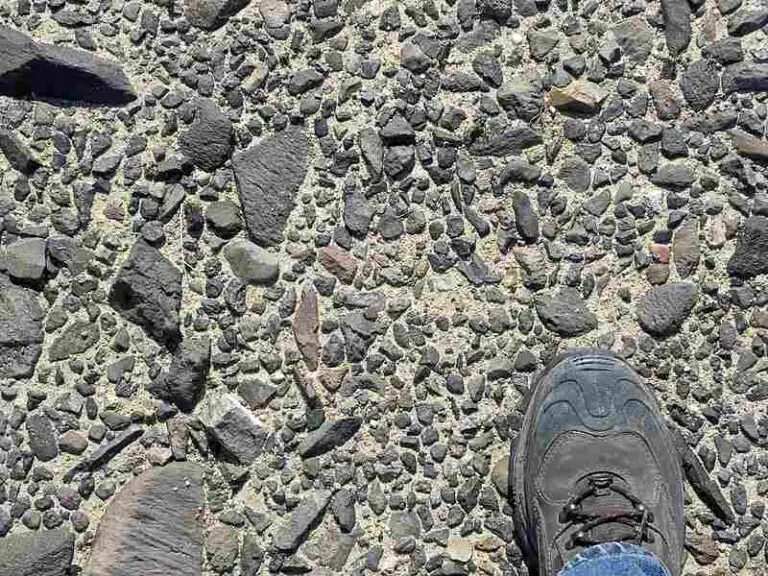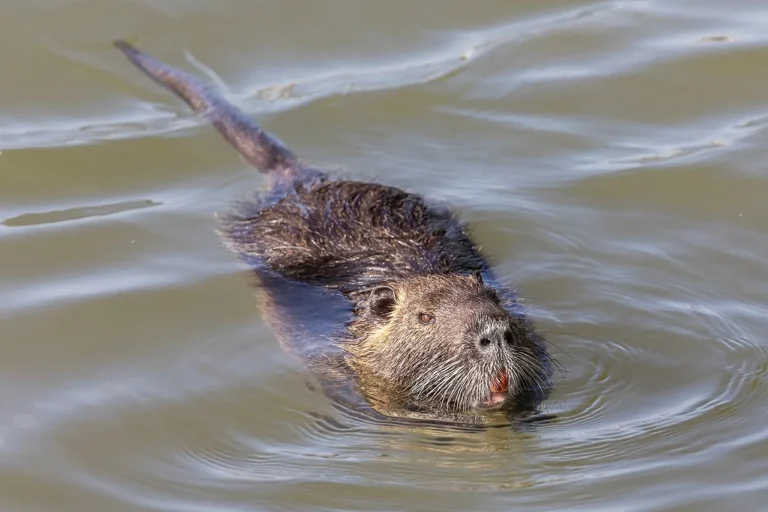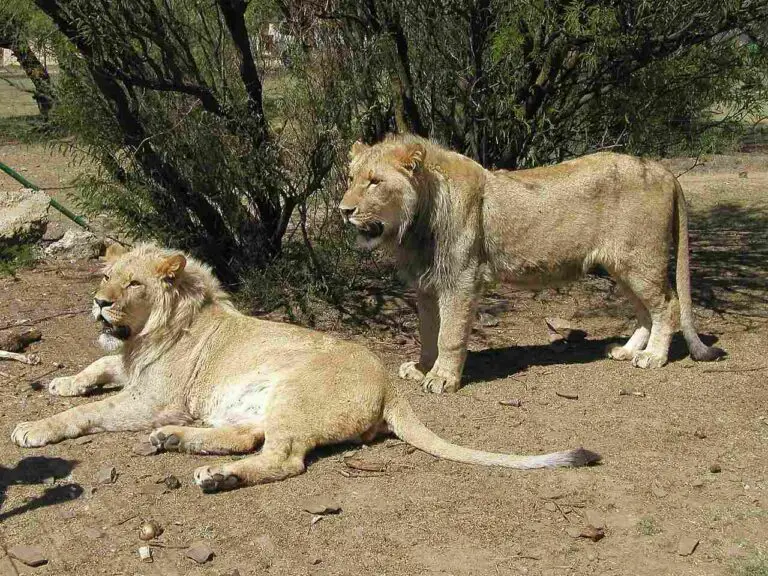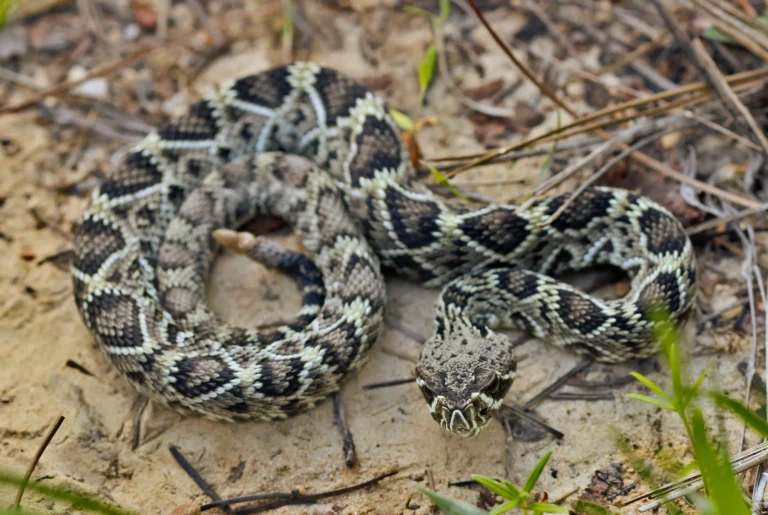3 Overgrazing Examples Explained
Overgrazing examples are; unsustainable livestock farming in northern Namibia; land degradation by overgrazing in Hovsgol, Mongolia; and prolonged cattle-induced vegetation loss in Randi Forest, Cyprus.
This article discusses overgrazing examples, as follows;
1). Unsustainable Livestock Farming in Northern Namibia (as one of the Overgrazing Examples)
Unsustainable grazing in the semiarid region of Namibia has had major environmental impacts and socioeconomic consequences in recent decades.
In northern parts of the country, pastoral farming activities are so concentrated that they place a significant strain on the natural ecosystem and its resources, so that the sustainability of these practices is very low.
Some estimates place the influence of overgrazing in northern Namibia to be up to 90% [3].
The causes of overgrazing in Namibia include; poor landscape management, geographic and climatic conditions, and presence of large populations of livestock.
Livestock farming occupies a major position in the agricultural scene, as well as the overall economy, of Namibia.
Rangeland degradation through erosion, soil compaction, desertification and other effects of overgrazing, is common in the area and its environs.
Significant loss of biodiversity has also been traced to overgrazing in Namibia, so that some local populations of plant and animal species are said to have been depleted of lost entirely, due to overgrazing practices.
Recent efforts at soil restoration and environmental remediation in the area include rangeland bush control [1]. Reforestation projects (especially in small-scale) are also not uncommon, in areas where forest loss has occurred.
2). Land Degradation by Overgrazing in Hovsgol, Mongolia
Mongolia is home to multiple variations of grassland biome, including prairie and steppe-vegetated areas.
Because of overgrazing, the grasslands of Mongolia are turning into desert biome.
Desertification is an issue in Mongolia for various reasons, which include the climatic conditions of the country and environmental impacts of anthropogenic processes like deforestation and unsustainable pastoral farming.
These effects make the area generally susceptible to desert encroachment, and have been behind the degradation of massive expanses of land.
With regards to overgrazing, an excessively-large livestock population accounts for a major portion of the problem in places like Hovsgol [2].
Land degradation by overgrazing has economic, environmental, and social consequences in Mongolia, and has been the subject of several studies and restoration efforts in recent time.

3). Cattle-Induced Vegetation Loss in Randi Forest, Cyprus
In Randi forest of Cyprus, overgrazing has been a major problem for several decades so far.
The effects of overgrazing in this region include changes in vegetation-growth patterns and soil degradation.
While the problem of overgrazing affects only some sections of land within the forest, its impacts have significantly reduced overall productivity, and have increased vulnerability to natural hazards.
Studies of overgrazing in Randi forest have included the use of remote sensing and satellite imagery [4] to identify and analyze these affected areas.
Conclusion
Overgrazing examples are;
1. Unsustainable Livestock Farming in Northern Namibia
2. Land Degradation by Overgrazing in Hovsgol, Mongolia
3. Cattle-Induced Vegetation Loss in Randi Forest, Cyprus
References
1). Coppock, D. L.; Karlan, D.; Groves, D.; Crowley, L.; Jamison, J. (2022). “Community-based rangeland management in Namibia improves resource governance but not environmental and economic outcomes.” Communications Earth & Environment. Available at: https://www.poverty-action.org/publication/community-based-rangeland-management-namibia-improves-resource-governance-not. (Accessed 10 December 2022).
2). Liu, Y. Y.; Evans, J. P.; McCabe, M. F.; de Jeu, R.; van Dijk, A. I.; Dolman, A. J.; Saizen, I. (2013). “Changing Climate and Overgrazing Are Decimating Mongolian Steppes.” PLoS ONE 8(2):e57599. Available at: https://doi.org/10.1371/journal.pone.0057599. (Accessed 10 December 2022).
3). Mary, K.; Seely, M.; Jacobson, K. (1994). “Desertification and Namibia: a perpective.” Journal of African Zoology 108(1):21-36. Available at: https://agris.fao.org/agris-search/search.do?recordID=BE9401248. (Accessed 8 December 2022).
4). Papoutsa, C.; Kouhartsiouk, D.; Themistocleous, K.; Christoforou, M.; Hadjimitsisn D. G. (2016). “Monitoring of land degradation from overgrazing using space-borne radar and optical imagery: a case study in Randi Forest, Cyprus.” SPIE Remote Sensing. Available at: https://doi.org/10.1117/12.2242049. (Accessed 8 December 2022).




